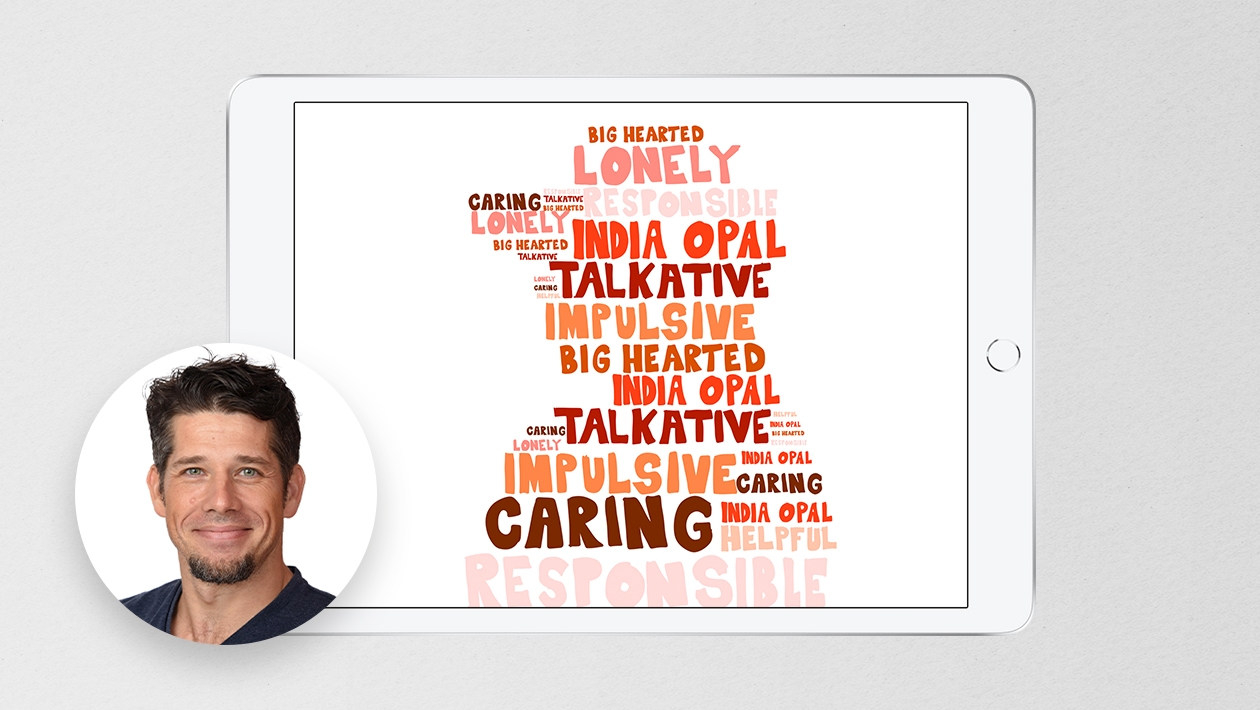What does it mean to walk in someone else's shoes?
How do the decisions that we make influence others?
These were guiding questions that we recently investigated by my Year 5 (10-11 years old) students in our latest inquiry project. We used the CBL framework to help guide our way through a thorough investigation of shoes, consumer choice and personal narratives.
Engage
Our Big Idea stemmed from the UN Sustainable Development Goals: Goal 8 - Decent Work and Economic Growth. We discussed what this goal meant and developed our questions. The students were asked about working conditions in different countries and their choices when buying goods and services. The students were then left with the challenge; design a pair of shoes that makes a positive difference to the world.
Investigate
Our investigation of the various topics involved in this inquiry began with the question "What does it mean to walk in someone else's shoes?" To understand this question we started by understanding ourselves and the moments in our lives that influenced who we are as individuals. We were inspired by Karen Bosch's Forum Post Walking in Someone Else's Shoes - Pop Art and displayed our personal stories on our own shoes. Karen's post is amazing and you should check it out.
From here the students investigated the stories of other people connected with the design and production of shoes. They investigated sweatshops and the conditions that people are forced to work in to create some of the products that they buy in the shops. We also investigated the shoes themselves. We looked into the materials that shoes are normally made from, where those materials come from and the positive and negative aspects of these materials. The students used a Numbers scaffold to organise their ideas and their research.
At this stage, the students had all they needed to start their plans of action.
Act
Raise Awareness
The students took multiple steps of action to display their learning and complete the challenge. The first of these steps was to raise awareness about sweatshops and the things that can be done about them. The students created posters using a variety of apps (Keynote, Canva, Pic Collage and Sketches School) that detailed the negative aspects of sweatshops and the steps that consumers can take to effect change.
Designing a Shoe
After this, students worked on designing their own pair of shoes. After researching the materials that are usually used in shoes, the students researched alternative materials and construction methods to see if they could make a more environmentally and socially sustainable pair of shoes. They created designs that showed the materials that they would use and why they had selected these materials.
Now that they knew what they wanted the shoe to be made out of, they needed to complete what it was going to look like. They took their original digital drawings to their specialist art teachers where they investigated the techniques of line, shape and colour. They then used these techniques to create their final shoe design on a real shoe. During the planning of this they used Procreate to create a 3D models of their shoes.
Personal Narrative
Lastly, the students completed the process of their inquiry by telling their story once more. The milestones of their life that they had transferred onto their shoes became an oral presentation that they gave to their peers. They shared an important moment from their life after using Pages to write a detailed script and Presenter Mode in Pages to rehearse their presentations.
Finally, all of this learning was put on display during our School Open Night. The students spoke brilliantly to their peers, family members and other staff members about every stage of this assignment. This inquiry was truly a team effort but I particularly need to mention the efforts of Mr Luke Walton who was the driving force behind the idea of this project and the Specialist Art teachers who enthusiastically jumped on board when presented with our ideas.
I've attached the Numbers Scaffold that we used as part of the Design Technology component of this Inquiry. Please feel free to use and adapt if you like.















September 04, 2024 . English
English
Wonderful inquiry approach using the Challenge Based Learning framework. This is such an engaging CBL and your students took it from questions and investigation to design and reflection. Love that there is also lots of personalization and student choice/voice in the approach. Thanks for providing the detail and examples!
This action is unavailable while under moderation.
This action is unavailable while under moderation.